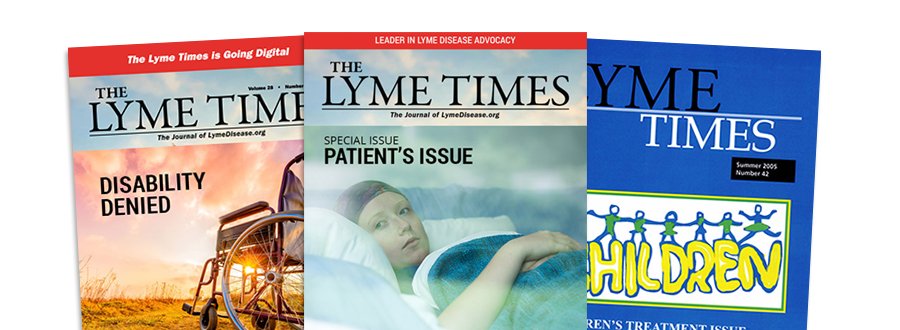Advanced Topics in Lyme Disease Diagnostic Hints and Treatment Guidelines for Lyme and Other Tick-Borne Illnesses
Note: These guidelines are written by Dr. Burrascano, who is regarded as being the grandfather of Lyme disease treatment. Although dated (last revised in 2008) and some of the information may be out of date, many patients and physicians continue to find them useful.
DISCLAIMER: The information contained in this article is meant for informational purposes only. The management of tick-borne illnesses in any given patient must be approached on an individual basis using the practitioner’s best judgment.
WHAT IS LYME DISEASE?
I take a broad view of what Lyme Disease actually is. Traditionally, Lyme is defined as an infectious illness caused by the spirochete, Borrelia burgdorferi (Bb). While this is certainly technically correct, clinically the illness often is much more than that, especially in the disseminated and chronic forms.
Instead, I think of Lyme as the illness that results from the bite of an infected tick. This includes infection not only with B. burgdorferi, but the many co-infections that may alto result. Furthermore, in the chronic form of Lyme, other factors can take on an ever more significant role immune dysfunction, opportunistic infections, co-infections, biological toxins, metabolic and hormonal imbalances, deconditioning, etc. I will refer to infection with B. burgdorferi as “Lyme Borreliosis” (LB), and use the designation “Lyme” and “Lyme Disease” to refer to the more broad definition I described above.
General Principles
In general, you can think of LB as having three categories: ante, early disseminated, and chronic. The sooner treatment is begun after the start of the infection, the higher the success rate. However, since it is easiest to cure early disease, this category of LB must be taken VERY seriously. Under-treated infections will inevitably resurface, usually as chronic Lyme, with its tremendous problems of morbidity and difficulty with diagnosis and treatment and high cost in every sense of the word. So, while the bulk of this document focuses on the more problematic chronic patient, strong emphasis is also placed on earlier stages of this illness where closest attention and care must be made.
A very important issue is the definition of “Chronic c Lyme Disease”. Based (on my clinical data and the latest published information), I offer the following definition. To be said to have chronic LB, these three criteria muss be present:
- Illness present for at least one year (this is approximately when immune breakdown attains clinically significant levels).
- Have persistent major neurologic involvement (such as encephalitis/encephalopathy, meningitis, etc.) or active arthritic manifestations (active synovitis).
- Still have active infection with B. burgdorferi (Bb), regardless of prior antibiotic therapy (if any).
….. Join or login below to continue reading.





























